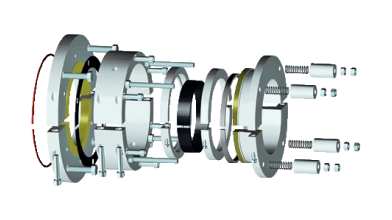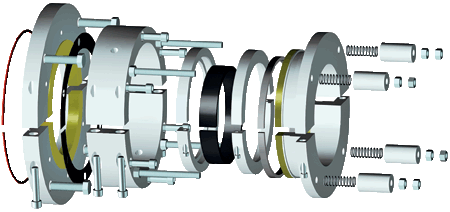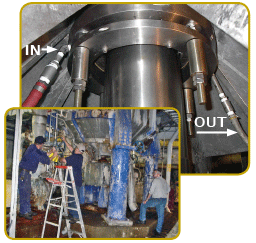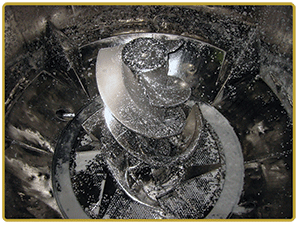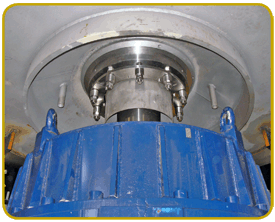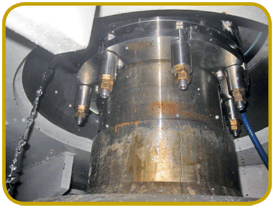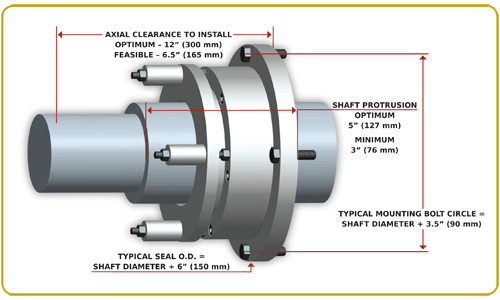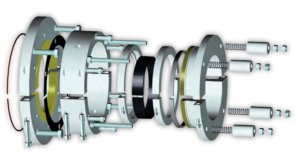EP Type-1
Wet abrasive slurry sealing

The MECO EP Type-1 seal model is the best choice in wet sealing technology on moderate to very large shaft diameters entering the vessel from any direction. The fully-split configuration uses an elastomer drive to rotate two hardened stainless steel seal faces against two fixed polymeric bearing-grade stationary seal faces. The EP Type-1 is designed around it’s own fully-split, stuffing box-type housing that utilizes external springs to close the seal faces. The housing forms a seal cavity where gravity-fed water flushes and cools the chamber without any back pressure applied.
What is MECO’s EP Type-1 Seal?
The MECO EP Type-1 seal model is the best choice in wet sealing technology on moderate to very large shaft diameters entering the vessel from any direction. The fully-split configuration uses an elastomer drive to rotate two hardened stainless steel seal faces against two fixed polymeric bearing-grade stationary seal faces. The EP Type-1 is designed around it’s own fully-split, stuffing box-type housing that utilizes external springs to close the seal faces. The housing forms a seal cavity where gravity-fed water flushes and cools the chamber without any back pressure applied.
When are EP Type-1 Seals The Best Option?
Where axial or linear space is available, the MECO EP Type-1 seal model is the solution for sealing wet abrasive slurries encountered in pulpers, agitators, cylindrical blenders, paddle mixers, holding vessels, flocculators, mixing conveyors and similar rotating equipment. When linear space is limited, our EA Type-1 model should be considered. The EP Type-1 model is used in process industries such as pulp & paper, home building products, sewage and water treatment, biomass and ethanol production, along with other processes handling water slurries. They are frequently used on bottom-entry pulpers containing clean wood fiber, recycled office paper and old corrugated containers (OCC). They withstand the abuse of shock loading, high shaft runout and abrasives often associated with pulpers. The entire assembly is fully-split and serviceable onsite.

